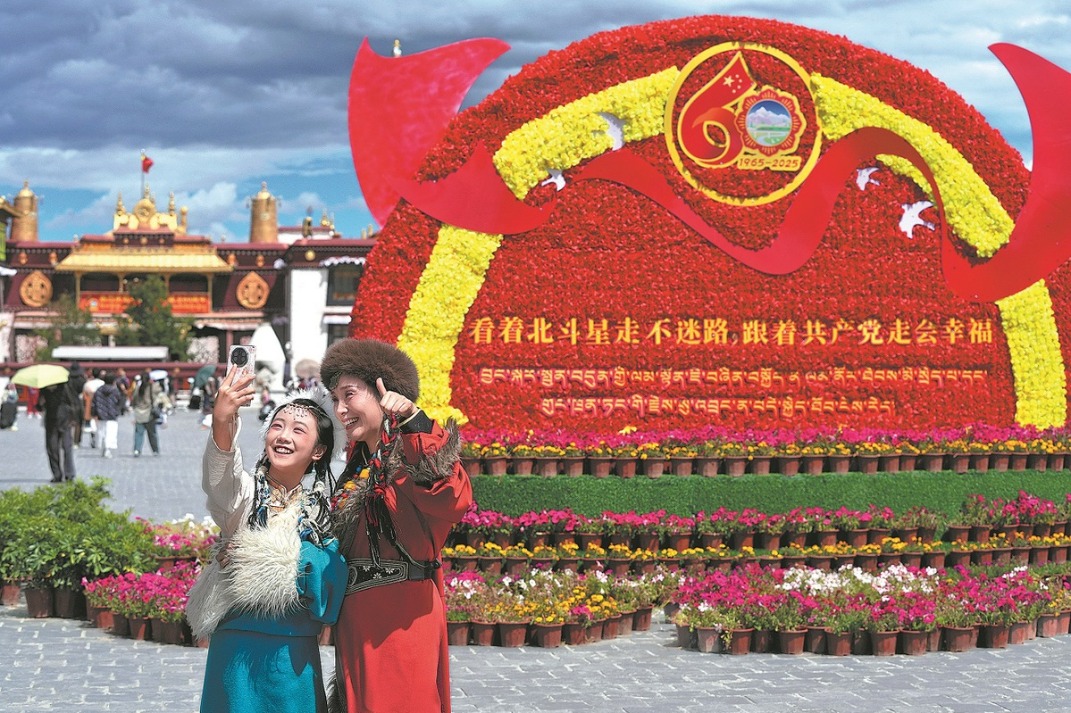Australian astronomer hopes to see scientific links deepen

SYDNEY — Links between Australian and Chinese scholars should deepen through face-to-face collaborations, which have proved to be very helpful in enabling new scientific projects, Australian astronomer Lister Staveley-Smith said.
To that effect, a conference was held in Perth, Western Australia, from July 31 to Aug 2 to commemorate the 60th anniversary of China-Australia astronomy cooperation.
Hosted by the Australia-China Consortium for Astrophysical Research, the workshop brought together members of the Australian and Chinese astronomy communities to discuss all areas of collaboration in the field.
Staveley-Smith, who chairs the consortium, said it was the ninth edition of the workshop, normally held alternately between China and Australia, since 2016.
An exciting theme this year included the new discoveries about cosmic radio bursts made by researchers in the two countries, said Staveley-Smith. "Massively powerful bursts of radio emission have been precisely located to compact objects in galaxies more than 7 billion light years away. One of the co-discoverers and Shaw Prize co-recipient, Professor Matthew Bailes, was able to attend ACAMAR 9 and give an account of the early discovery history," he said.
Much of the cooperation between Australian and Chinese experts is based on exchanges of ideas and techniques related to astrophysics and cosmology, according to Staveley-Smith.
"Exchange of ideas between people and across disciplines has always resulted in progress in science. These exchanges have now been occurring without hindrance for 60 years," he said.
The signing of collaboration agreements between government departments, the Chinese Academy of Sciences and Australian astronomy institutions in the period following the 2010 Shanghai Expo was very important in ushering in an era of cooperation, he said.
The exchanges have yielded solid results, including the deepening scientific cooperation related to the giant Five-hundred-meter Aperture Spherical Radio Telescope in Southwest China's Guizhou province. The telescope was completed in 2016 and began important scientific observations in 2020.
Looking to the future, Staveley-Smith said he expected more exchanges to be achieved through specialized workshops, training sessions, visiting scholar programs and student exchanges.
Xinhua
Today's Top News
- Xi to attend SCO Tianjin Summit, host relevant events
- AI role key in stimulating consumption
- Discovering truths about happiness on roof of world
- 60 years of progress marked
- The prospects for Cambodia-China cooperation
- Glimpses of Chinese path to modernization






























